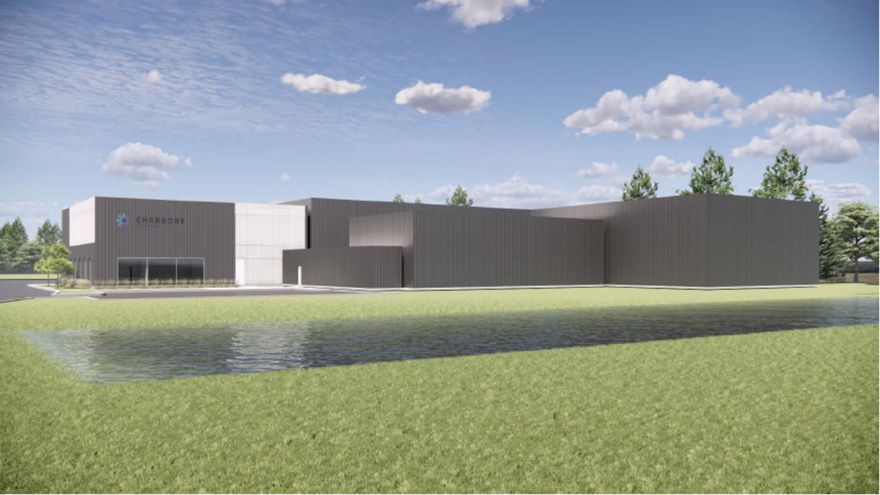 ABB
ABB and
Charbone Hydrogen — a ‘green hydrogen’ production company based in Montreal, Canada — have signed a Memorandum of Understanding (MoU) agreement to collaborate on the development of up to 15 modular and scalable green hydrogen production facilities in North America over the next five years. These will provide a clean fuel source for existing hydrogen users and heavy industrial processes such as steelmaking, which currently use ‘grey hydrogen’ as an energy source.
The MoU positions ABB as the preferred supplier for the design, engineering, fabrication, testing and supply of modular and standard electrical substations for the interconnection between production facilities and local utilities. ABB will support Charbone in standardising basic engineering for systems and components across its project portfolio, to increase energy efficiency and reliability. ABB might also operate as the main automation, electrification, and telecom contractor, depending on project requirements.
Among the sites covered by the collaboration is Charbone’s Sorel-Tracy facility near Montreal. This is expected to be connected to the Hydro-Québec grid by the end of quarter two in 2025 and will use hydro electricity to power green hydrogen electrolysers. The plant will create a blueprint for the design and engineering of modular and scalable equipment for other sites being developed by Charbone. The next project to get underway will be in the greater Detroit area in the US, which is the manufacturing base for major automotive companies.
Daniel Charette, Charbone Hydrogen Corporation’s chief operating officer, said: “This collaboration with ABB is a strong and significant signal about our proposition for the North American green hydrogen market. With the Sorel-Tracy project moving quickly to on-site activities, and the capabilities of plug and play modular approach to get production starting in a minimal number of weeks, Charbone will support the decarbonisation of industry.”
Global hydrogen demand, largely concentrated in the refining and chemical sectors, reached 97Mt (megatons) in 2023, representing an increase of 2.5% year on year. Low-emissions hydrogen production was less than 1Mt, but it could reach 49Mtpa by 2030 based on announced projects.